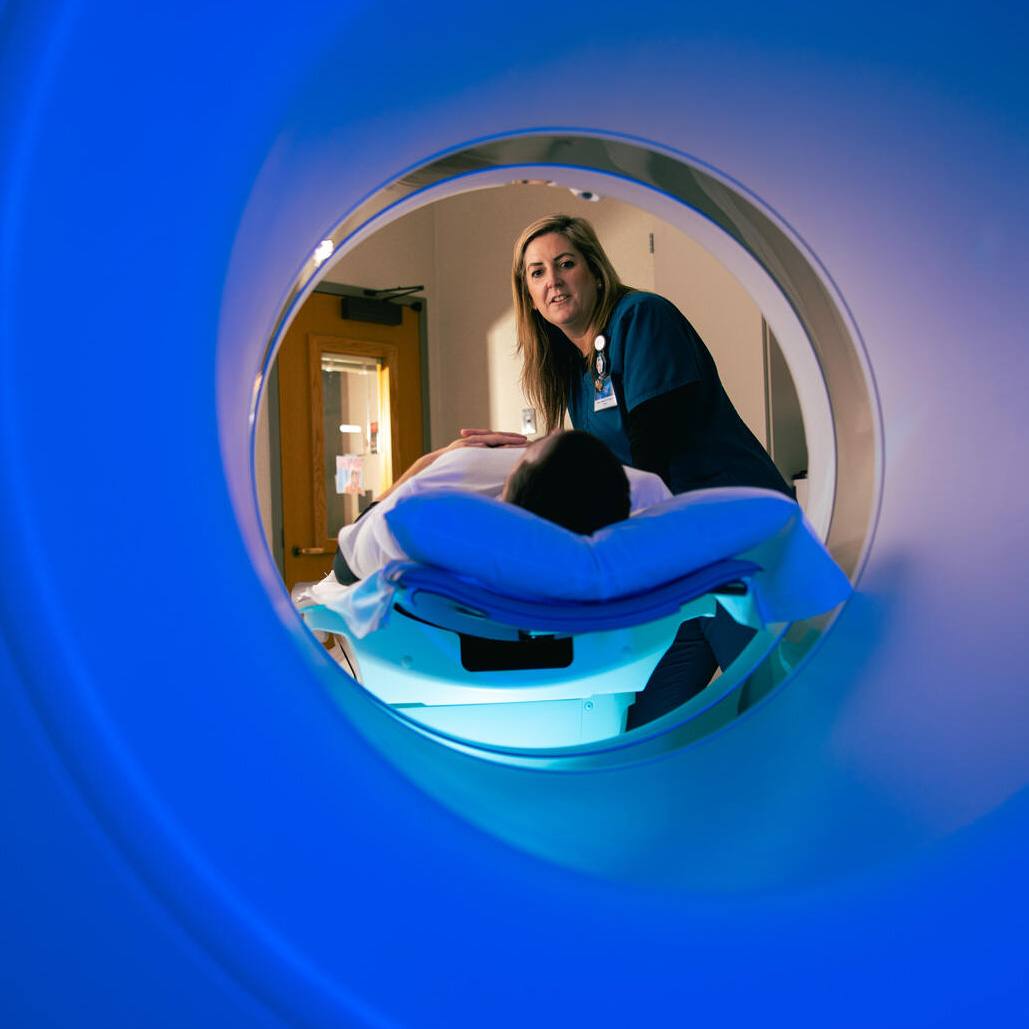-
Research
Eyes on the patient

Editor's Note: This article is the first in the Young Innovators series, originally published in Mayo Clinic's Alumni Magazine. Each article features a Mayo Clinic trainee inventor and explores their journeys as biomedical entrepreneurs. All of these trainees say their goal was to improve health care for patients.
Allisa Song and her team are past competitors at Walleye Tank, a life science pitch competition hosted by the Mayo Clinic Office of Entrepreneurship. The team recently won the grand prize at the MN Cup, the largest pitch competitions for startups in Minnesota.
Allisa Song, a fourth-year student at Mayo Clinic Alix School of Medicine’s Rochester campus, already had an invention under her belt when she started medical school. She and a trio of students and recent graduates from the University of Washington and Seattle University invented a screw-on attachment for eyedrop bottles to control the size of drops.
“I read an investigative story about how standard eye-drop containers produce drops that are far too large for the eye to absorb, which means lots of medication is wasted,” says Song. “I saw an opportunity to decrease drop size and costs for patients, many who are older, with low vision and dexterity.”
The single-use device, the Nanodropper, helps to eliminate medication waste, saves money and empowers patients to get all of the intended benefits out of each bottle. Ultimately, this will improve medication adherence, according to Song.
“Think about patients who use expensive glaucoma eye drops,” she says. “When they miss their eye while dispensing the drops, which is very common, they run out of drops before their insurance will cover the next refill. As much as 25% of patients experience ‘bottle exhaustion,’ which makes it challenging to follow their prescribed medication routine.
When I hear stories about how the Nanodropper helps people, it motivates me in the classroom and reminds me why I went into medicine.
Allisa Song
“A bottle of eye drops to treat glaucoma costs about $350 without insurance and can cost $75 to $100 with insurance. We want to help patients get the absolute most value from every bottle of drops they purchase. With the Nanodropper, we can improve patient outcomes without increasing cost. It’s rewarding to know we’re contributing to the push for value-based care.”
Song and her team interviewed ophthalmologists and optometrists and conducted a literature search, which revealed that smaller eye drops are just as or more effective than larger drops. Smaller drops have a better safety profile because the extra amount in large drops is absorbed systemically and can have unfavorable side effects.
The Nanodropper is an FDA-listed, sterile Class 1 medical device and is being produced, assembled and sterilized in U.S.-based facilities. The company is partnering with private practice eye care professionals to distribute the device to patients. Nanodropper now has partner clinics in 13 states and Washington, D.C., and has fulfilled hundreds of orders
since the product launched in June 2020.
Last year, the company signed a $500,000 contract with the U.S. Air Force and secured seed funding. Nanodropper’s cofounders were recognized on the 2021 Forbes 30 Under 30 list in health care.
Nanodropper CEO Song balances company business with her medical studies. “When I hear stories about how the
Nanodropper helps people, it motivates me in the classroom and reminds me why I went into medicine,” she says.
###
Related Articles








